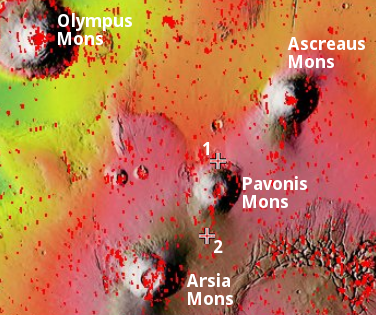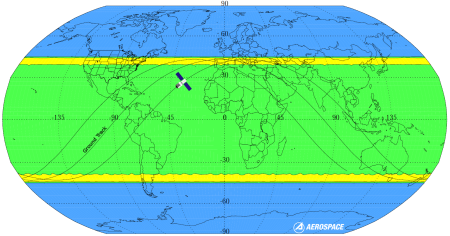The Vegas Massacre Exposé: What Really Happened?
Link here. The article reviews the state of the investigation and notes the endless numbers of issues with it, from contradictory public statements to mysterious police actions to questionable events. The author raises good questions, and shines a light on a story that reeks of corruption and dishonesty, at the highest levels of the FBI and federal government.
There are those who will immediately begin speculating wild conspiracy theories. The story doesn’t require crazy theories, only simple but harsh ones, as noted by the author, linking the Las Vegas massacre to ISIS and some ISIS-allied Saudi power-brokers who have since been defanged by the Saudi government, all with the covert approval of the Trump administration, which also agreed to keep those Saudi links to ISIS and the Las Vegas massacre secret in order to help that friendly Saudi government.
Link here. The article reviews the state of the investigation and notes the endless numbers of issues with it, from contradictory public statements to mysterious police actions to questionable events. The author raises good questions, and shines a light on a story that reeks of corruption and dishonesty, at the highest levels of the FBI and federal government.
There are those who will immediately begin speculating wild conspiracy theories. The story doesn’t require crazy theories, only simple but harsh ones, as noted by the author, linking the Las Vegas massacre to ISIS and some ISIS-allied Saudi power-brokers who have since been defanged by the Saudi government, all with the covert approval of the Trump administration, which also agreed to keep those Saudi links to ISIS and the Las Vegas massacre secret in order to help that friendly Saudi government.





